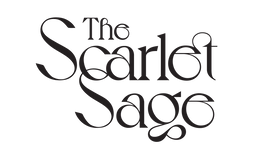El Dia de los Muertos
Colorful tissue paper is cut and hung, the fragrant cempasuchil flower is harvested, skulls molded out of sugar and meringue are decorated with vibrant icing. All are placed upon the altar set like a banquet—an invitation to the ancestors to join the living in the celebration of loved ones passed.
El Dia de Los Muertos is a two-part celebration that reaches further back than colonization, to when the altars were laid and rituals performed during the Fire season. The Four Elements are also always represented on the altar, which becomes a home for the spirit being called from the spirit world.
Traditionally, altars were built on the floor, with offerings of squashes, maize and other harvested foods. Contemporary offerings include old clothing, flowers, sugar skulls, pan de muerto, calacas: skeletons made of clay or paper mache, and foods such as pozole, atole and tamales. The items are always the favorites of the soul to whom the altar is dedicated.
For an article I researched and published in 2009, I spoke with Mary Andrade, a journalist and researcher of the Dia de los Muertos tradition.
Andrade said each level of an altar, depending on the various regions, represents a different
aspect of existence.
“The Zapoteca ancestors believed life was sustained by death, described in the five levels
of the altar,” Andrade said. The first level represents birth and the second life, the third represents death, the fourth a period of transition and purification and the fifth the return to new life, she said.
Ultimately, these two days are a celebration of community—people coming together with food and offerings, not out of obligation, but because the tradition is born of centuries of people supporting each other. The ancestors are invoked and honored, in celebration of their lives and continued existence, and in hopes that they will act as mediators between the living and the celestial gods.
- Written by Maurcio Garcia, Scarlet Sage's staff witch (and buyer)
